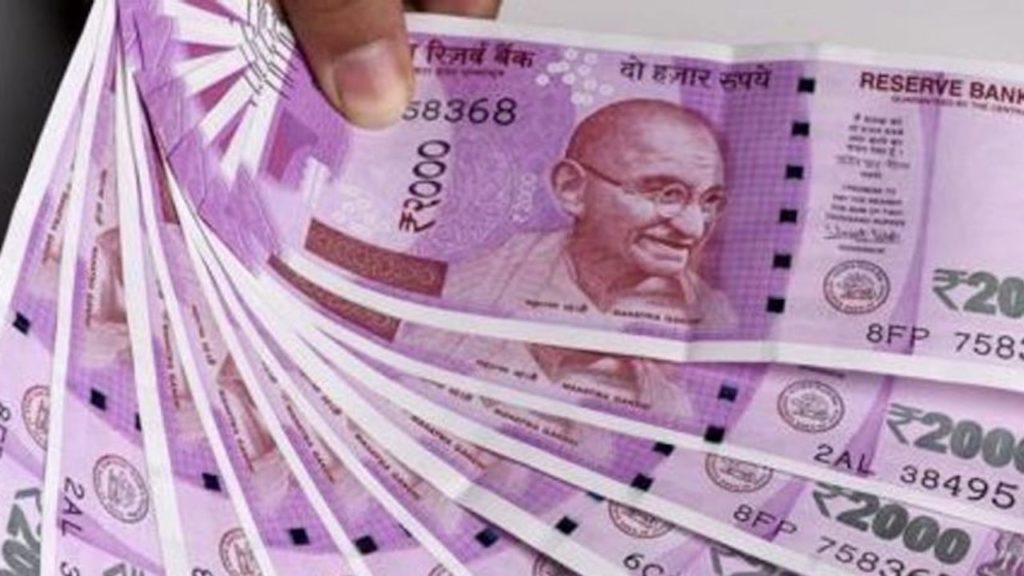Paperless payments have been a major national goal since November 8, 2016, when India rendered 500 and 1,000 currency notes useless in a stunning decision that the Supreme Court recently upheld as valid. Today, our cash intensity is roughly the same as it was previously. However, online payments have increased dramatically. This means that a sound policy decision must be made soon.

A Brief Examination of Demonetization
- The Supreme Court rejected petitions claiming that demonetization was illegal, and the process was deemed satisfactory by a 4:1 bench majority.
- The overnight note ban was also found to pass a general proportionality test. Despite the hardship caused by weeks of cash shortage, that exercise of authority was not deemed too severe for its purposes.
- The extent to which unaccounted-for money was flushed out, terror funding was halted, and commerce was formalized cannot be reliably estimated, but small businesses were clearly hit hard, and India’s economy soon slowed.
The changing trend: How we are transacting?
- The exponential rise of a platform that is part of our digital stack of public goods has been the big trend in our use of money over the last half-decade.
- UPI’s spectacular success: Since its debut in 2016, the Unified Payments Interface (UPI), which allows for instant transfers between bank accounts via mobile phones, has been a huge success.
- UPI transactions, for example: According to its operator, the National Payments Corporation of India (NPCI), UPI processed more than 74 billion transactions in 2022, a 90% increase over 2021, worth nearly 126 trillion, a 76% increase.
The feasibility of imposing a user fee on UPI and the E-rupee is being investigated.
- UPI receives financial assistance: The case for UPI as India’s payment foundation is weakened by the fact that, while it does not charge a user fee, it is not a free service. Last year, the finance ministry justified financial support for UPI by claiming that it is a digital public good that provides enormous convenience to the public while also increasing economic productivity.
- A benefit review of the coast is required: If public funds are increasingly needed to support UPI as it expands, we must conduct a cost-benefit analysis as we go; UPI is already racking up huge sums, and the total for 2023 may be much higher.
- Promoting E-rupee: We should promote RBI’s retail e-rupee for routine payments for reasons other than cost.
- RBI’s direct liability is the e-rupee: The widespread use of the E-rupee would result in the circulation of money that is a direct liability of the central bank (an IOU issued by it, i.e., like cash), which would benefit the cause of economic stability. This is because what the RBI owes its currency bearers is completely risk-free, whereas banks cannot say the same.
Why does India require a digital rupee?
- Online transactions: While India is a leader in digital payments, cash still reigns supreme for small-value transactions.
- High currency in circulation: India’s currency-to-GDP ratio is relatively high.
- Currency management costs: An official digital currency would reduce currency management costs while enabling real-time payments without inter-bank settlement.
@the end
The e-rupee should receive a significant share of online payment swipes to improve systemic security. Even if its holdings do not earn any interest, it may gain traction if the security of its value, ease of liquidity, and erasure of data trails (up to a certain limit) are properly advertised. For an e-rupee to aid macro-level prudence, it will have to eat into UPI.
Source: https://www.thehindu.com/news/national/rbi-had-found-demonetisation-proposal-a-big-opportunity-to-further-financial-inclusion-by-incentivising-e-payments-supreme-court/article66331296.ece
